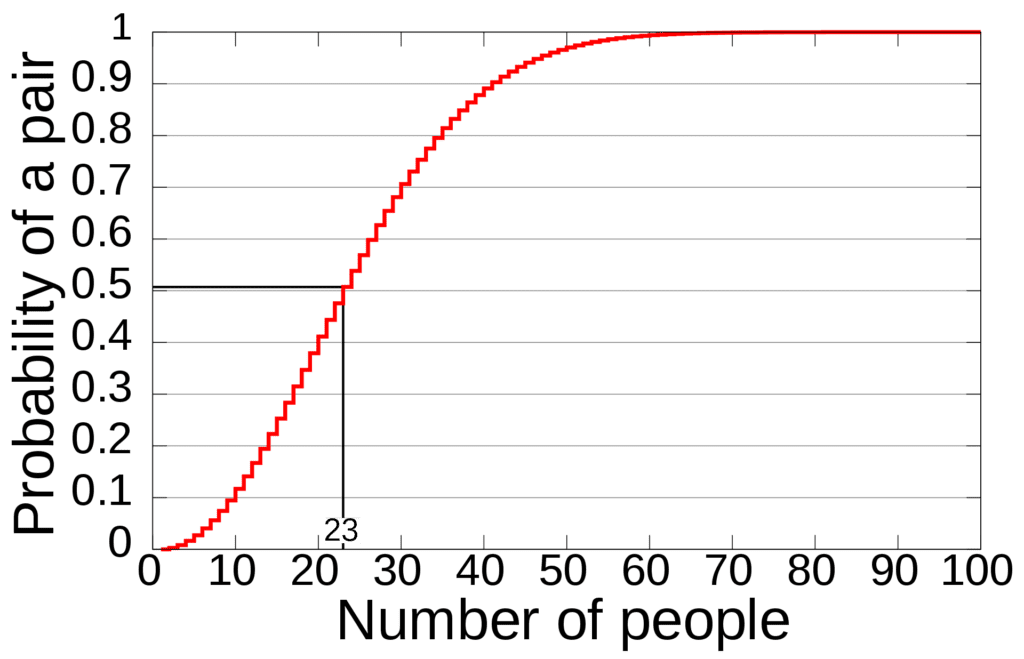The Weekly Reflektion 50/2021
Our intuition is an important factor in making sense of the world around us in particular how we interpret information and make decisions. Sometimes however our intuition fails us.

Do you sometimes take shortcuts to reach a view on problems you are facing?
A football match is 22 people running around after a ball with a 23rd person trying to ensure the game progresses according to the rules. When you are watching do you ever wonder what the probability of two of these 23 people having the same birthday. With 365 (or perhaps 366) days in the year what are the chances? Most people estimate the probability as being low and few answer that it is over 10%. Some people think of 23 divided by 365 (6%) to get a ballpark estimate. The actual answer is 50.7%. This probability riddle is often called ‘the Birthday Paradox’. The point is that it is not intuitive that the answer will be greater than 50%.
The mental shortcut of 23 divided by 365 is a typical heuristic. Heuristics are mental shortcuts that help us solve problems and learn new concepts. Researchers Amos Tversky and Daniel Kahneman who wrote the book Thinking, Fast and Slow introduced three types of heuristics, representativeness, availability, and anchoring. The numbers 23 and 365 are available and they anchor our thoughts. The division calculation represents our awareness that we need to divide a number by another number to come with a probability.
We use heuristic processes all the time and we need them to make sense of complicated issues that we don’t have enough knowledge or time to understand. When it comes to prevention of Major Accidents then we should not become too reliant on heuristic processes. We cannot just seek out the signals that confirm our perception that things are OK. We cannot just ask questions that lead to answers that we want to hear.
Did the senior management at BP use heuristic processes when they were assessing the safety at their refineries before the Texas City disaster in 2005? Was the impact of cost cutting fully considered? Were the management at Townsend Thoresen using heuristic processes when assessing safety on board their cross-channel ferries before the capsize of the Herald of Free Enterprise in 1987? What about the practice of sailing before the bow doors were closed? What heuristic processes were the senior management at NASA using when they considered the Space Shuttle program as operational when they sent a teacher into space on Challenger in 1986? Did they really believe the technical challenges with the rocket ‘O’ rings were solved?
At Reflekt we try to encourage people to turn questions around and get people to see situations from a different perspective and to consider other contexts. With the Birthday Paradox the estimate can be influenced by framing the question in a different way. Start with asking what is the probability of 365 people in a room all having different birthdays? Very, very low. Gradually reduce the number of people, 200, 100, 50 and then 25. People generally see a pattern that more reflects the probability as shown in the above figure. Do you turn your questions around to get a different perspective?
